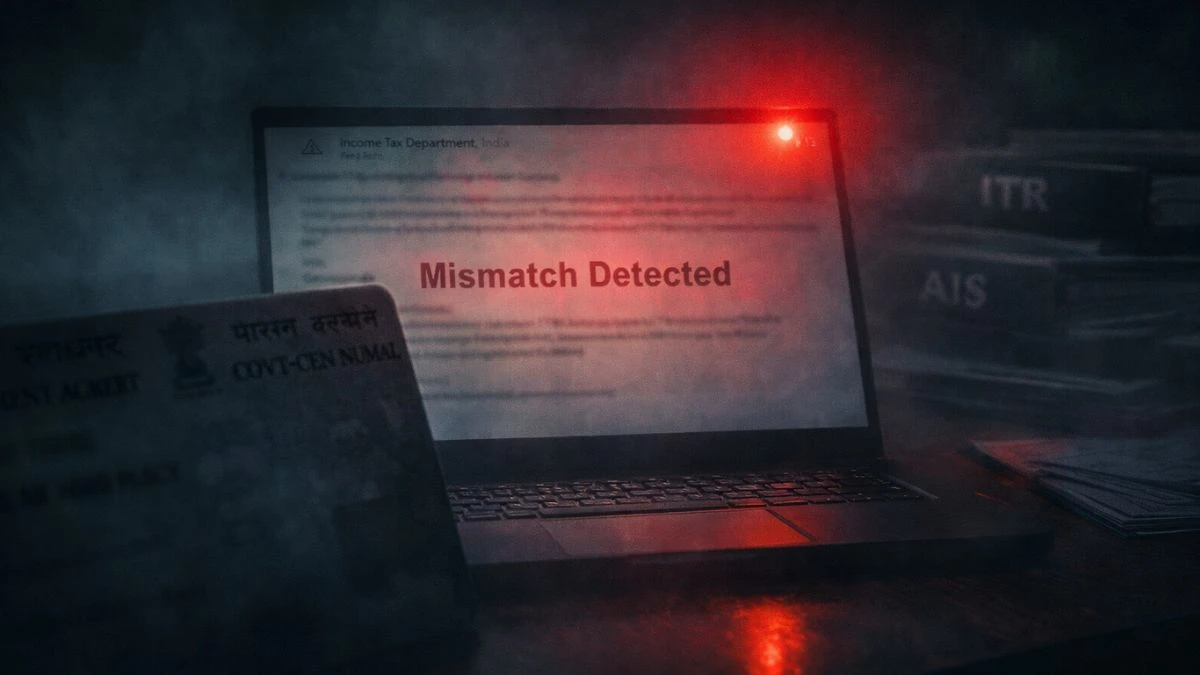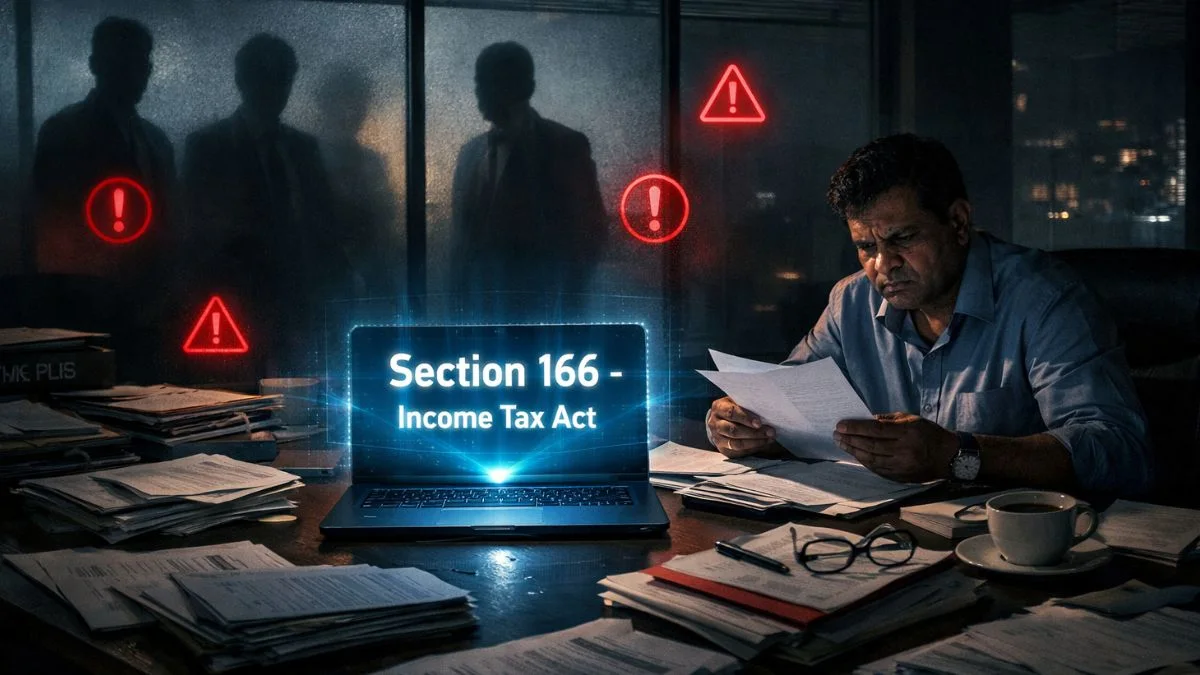
What is Section 281 of Income Tax Act?
Section 281 of Income Tax Act creates an overriding charge in respect of outstanding income tax dues. In simpler terms, if a taxpayer attempts to transfer, mortgage, or part with certain assets after a tax demand has arisen—but before it’s been cleared—such transfers can be declared void by the tax authorities.
This provision allows tax authorities to declare any transfer of specific assets as invalid, especially if they feel the move was aimed at evading tax recovery. “
Why Was Section 281 Introduced?
The intention is clear: to stop taxpayers from playing hide-&-seek with assets once tax liabilities are known. Whether it’s property, shares, or movable assets—the law empowers the Income Tax Department to block or reverse suspicious transfers.
It’s essentially a preventive tool to protect the Revenue Department’s interest & ensure recovery is not compromised by artificial structuring or last-minute asset disposals.
Scope and Applicability of Section 281
The section kicks in when the following three conditions are met:
- There’s a pending tax liability, either assessed or reasonably anticipated.
- The taxpayer transfers or creates a charge on assets after this liability arises.
- The taxpayer does not obtain prior approval from the Assessing Officer.
Without this approval, any such transaction can be held void against tax claims.
When Is a Certificate Under Section 281 Required?
Many property buyers and financial institutions often insist on a Section 281 certificate before completing a transaction—especially when dealing with companies or HNIs.
This certificate under Section 281 of Income Tax Act serves as a No Objection Certificate (NOC) from the Income Tax Department, confirming that there is no bar or charge on the assets being transferred.
Whether you're buying commercial real estate, acquiring shares in a company, or merging businesses, this document plays a vital role in ensuring transaction safety.
Format & Application Process
The application format under Section 281 of the Income Tax Act is not universally fixed but generally involves:
- Details of the asset in question
- Nature of the transaction
- Taxpayer's PAN and assessment history
- Declaration of pending demands, if any
Guidelines for granting of prior permission u/s 281 of the IT Act are issued internally by the CBDT & vary depending on the asset type & tax position.
Most applications are routed through the Jurisdictional Assessing Officer, either physically or through the income tax e-filing portal (under the e-Proceedings tab).
Format of Certificate Under Section 281
The certificate under section 281 of income tax act format generally includes:
- Name & PAN of the assessee
- Details of the transaction/asset
- Status of tax dues
- Explicit approval or objection by the Assessing Officer
Having this document in place mitigates the risk of future claims & protects buyers, lenders, & investors from dealing with encumbered properties.
Legal Ramifications of Non-Compliance
Failing to obtain a certificate under Section 281, especially in high-value deals, could result in:
- The transaction is being declared void against tax claims
- Difficulty in registering the property
- Complications during mergers/acquisitions
- Legal notices from the Income Tax Department
Hence, due diligence under Section 281 of the Income Tax Act is not optional—it’s a statutory shield that guards against future litigation.
Conclusion: A Small Step That Saves Big Trouble
While tax planning is often about exemptions, deductions, & filings, Section 281 brings a cautionary angle. For professionals, entrepreneurs, & real estate investors, ignoring this section can lead to severe setbacks.
If you're entering into a high-value transaction, it’s best to get clarity on Section 281 certificate applicability & obtain prior approval where needed. This isn’t just about ticking compliance boxes—it’s about protecting your future investments.
To know more about this, contact our experts at Callmyca.com.











